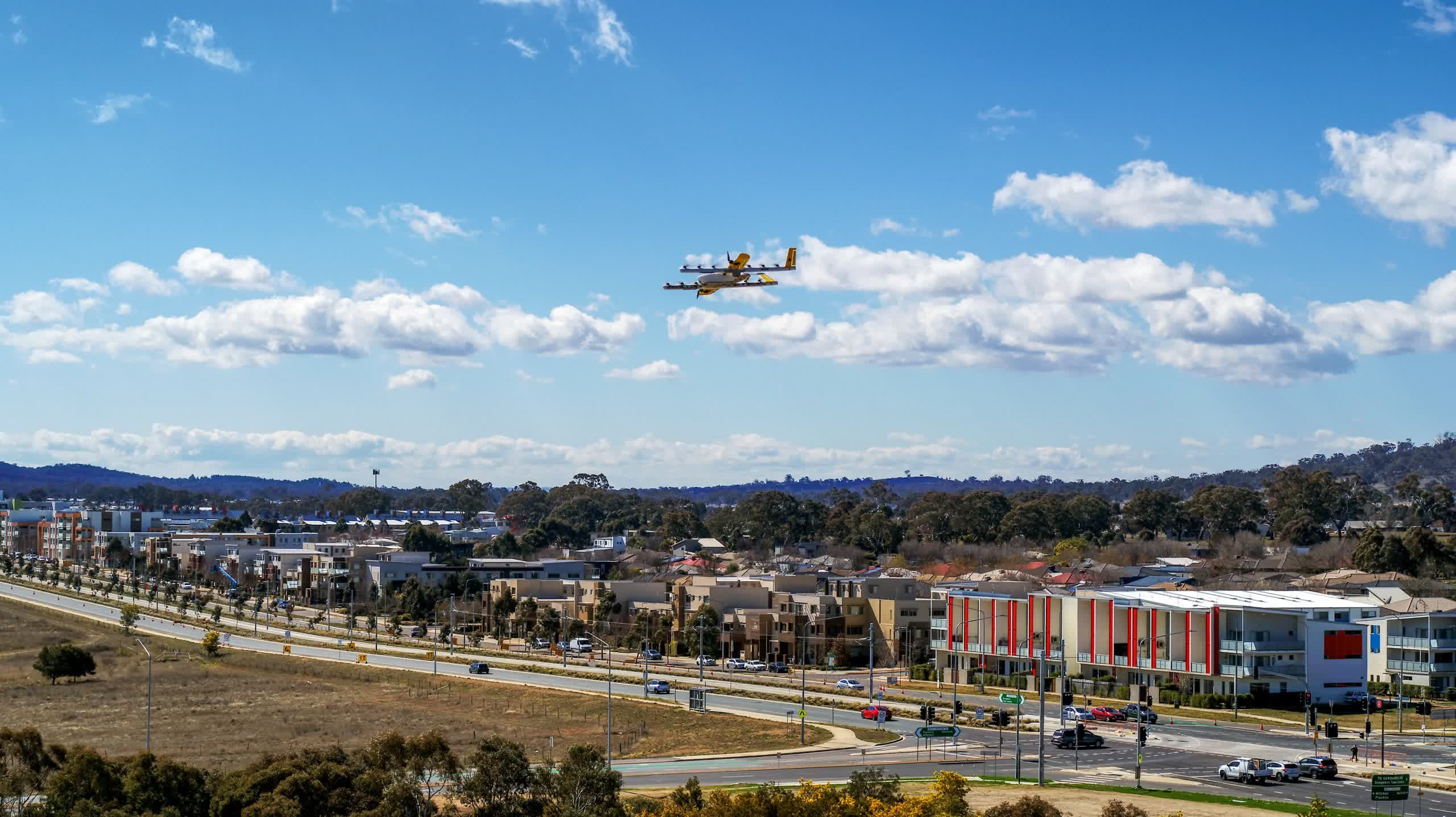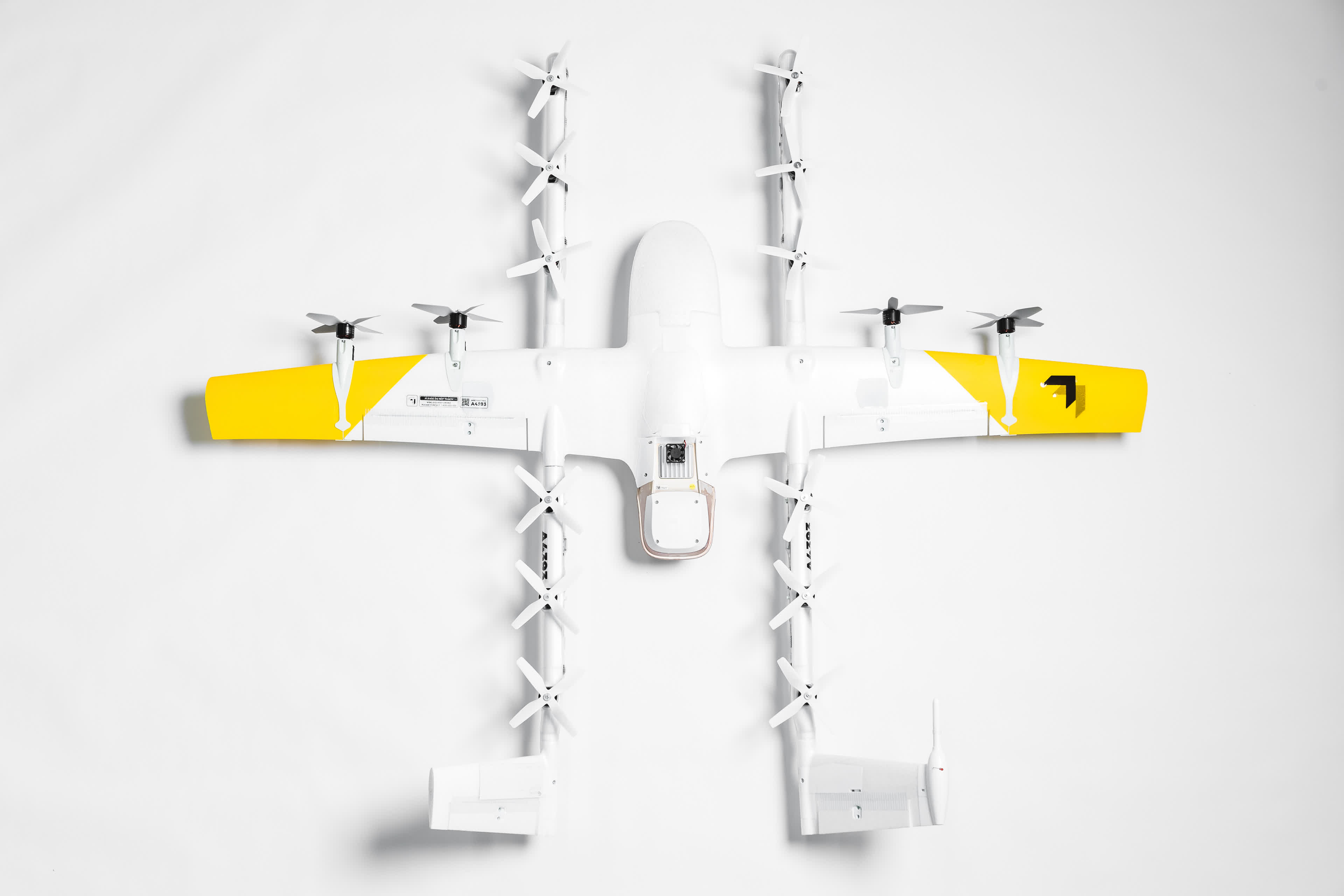In brief: The dream of making drone deliveries as ubiquitous as those made by humans is still alive, with companies like Wing doing their best to figure out a working strategy for how to do it at scale. So far, the Alphabet-owned company has done around 400,000 test flights and is on track to reach 100,000 deliveries in the two years since it started its pilot program in Logan, Australia.
Delivery drone company Wing today said it would likely hit over 100,000 customer deliveries by the end of this week. The milestone will be reached just as the Alphabet-owned company comes close to its second anniversary after a pilot launch in Logan, Australia, home to more than 300,000 people.
Wing says it delivered over 10,000 cups of coffee, 1,200 roast chickens, and 1,700 snack packs to residents in Logan alone, but the company also operates in Finland and the US, where it has made over 50,000 drone deliveries to date. The numbers may seem small, but that's only because the service isn't accessible to all residents of these cities, and the overall selection of goods that can be delivered is relatively small.
Delivery drones generally take between six to ten minutes to arrive at their destination, and the company says the current record is two minutes and 47 seconds from order to arrival. The drones have a range of around six miles (9.65 km) and are designed to carry packages weighing up to 2.6 lbs (1.2 kg). They typically fly at a height of around 150 feet (45 m) and descend to about 23-25 feet (7 m) upon arrival, after which they slowly lower a tether and release the package with no need for human intervention.
Wing plans to expand to more medium-sized cities, such as Florence, Italy, Manchester, England, and New Orleans, US. The company isn't the only one looking to bring drone deliveries into the mainstream but has a decent chance to make them work thanks in no small part to its drones, which are designed to operate in both fixed-wing and hover flight modes. Their only downsides are noise and the need to find a spot with enough clearance to make for a safe delivery, meaning this will only work in suburbs and low-density urban areas.

At this point, it's not clear if the drone delivery model can scale that well, and profitability is still a nebulous topic. Earlier this year, a Wired report went into great detail on how Amazon's dream of incorporating drones into its logistics and delivery empire has failed to materialize in any meaningful way.
